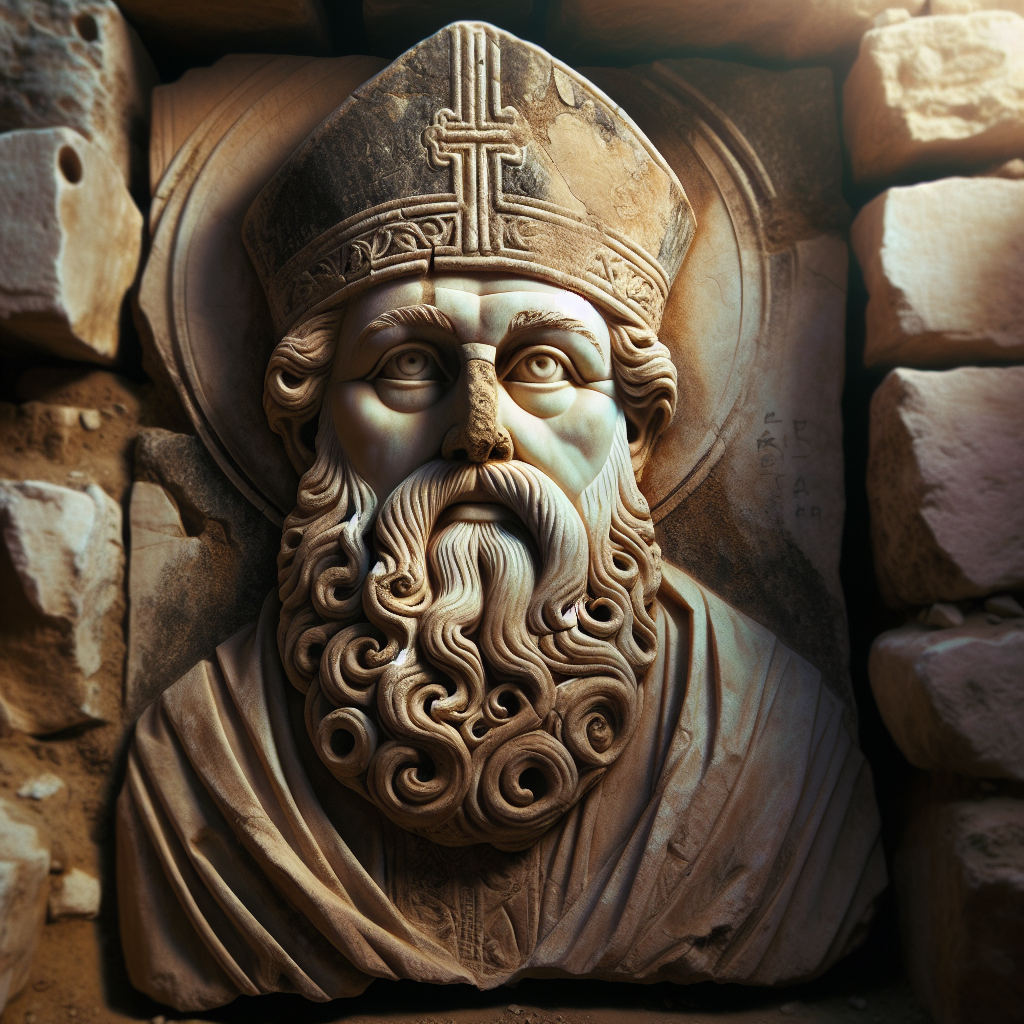
The Real Face of Santa Claus Revealed After 1,700 Years
Here comes the real Santa Claus! In a groundbreaking study, scientists have utilized cutting-edge technology to reveal the visage of the real-life bishop who inspired the world-famous Santa Claus legend. Through forensic reconstruction, they have brought to life the likeness of Saint Nicholas of Myra, the altruistic figure whose gift-giving legacy shaped Christmas traditions.
Unveiling the Historical Mystery
Using advanced imaging techniques, researchers have resurrected the face of Saint Nicholas from data derived from his skull. This fascinating depiction presents a figure with a broad forehead, thin lips, and round nose—features that align remarkably with historical accounts and literary descriptions of Santa Claus, including the famous 1823 poem, “‘Twas The Night Before Christmas.”
The Scientific Process Behind the Recreation
Led by Cicero Moraes, the team used statistical projections and artistic interpretations to recreate the saint’s image. Despite living in the fourth century, far beyond the reach of photography, the reconstruction presents a face that exudes both strength and gentleness.
The 3D rendering process began with a digital reconstruction of the skull. The team then applied an anatomical deformation technique, which adjusted the tomography of a living person’s head to match the skull of Saint Nicholas. Moraes explains,
- “The final face is an interpolation of all this information, seeking anatomical and statistical coherence.”
Insights from the Study
This scientific endeavor not only sheds light on the physical features of Saint Nicholas but also offers insights into his health and lifestyle. According to the study, the saint suffered from chronic arthritis, likely due to his robust skull structure causing frequent headaches. Interestingly, Moraes and his colleagues also suggest that Saint Nicholas consumed a primarily plant-based diet.
Originally buried in the ancient city of Myra—now modern-day Turkey—his relics were later transported to Bari, Italy, where they remain preserved today.
Cultural and Historical Significance
Saint Nicholas of Myra has inspired generations and evolved into the folkloric Sinterklaas and subsequently, the jolly, sleigh-riding figure known as Santa Claus in the United States. His legacy as a benevolent gift-giver endures, touching the hearts of millions during the Christmas season.
- Known for rewarding well-behaved children with gifts.
- His generosity is mirrored in Christmas traditions around the world.
Why This Discovery Matters
The significance of this study extends beyond the thrill of unlocking historical secrets. For many, it bridges the gap between legend and history, enriching our understanding of a figure who continues to encapsulate the spirit of Christmas giving.
Moraes’ findings serve as a potent reminder of how historical figures can live on in our collective consciousness, transcending centuries. This revelation of Saint Nicholas’ face brings us a step closer to the historical roots of Christmas, inviting all to celebrate the warmth and generosity that define the holiday.
Conclusion: The Timeless Legacy of Saint Nicholas
As researchers delve deeper into historical archives and scientific advancements, the once-mystical figure of Santa Claus gains a tangible footing in reality. This scientifically developed portrayal not only answers long-held curiosities but also strengthens the narrative of a universally cherished figure.
Saint Nicholas of Myra’s strong visage and gentle persona now symbolize more than just festive folklore—they affirm the enduring impact of a saint whose legacy continues to inspire goodwill and generosity worldwide. With the real face of Santa Claus now unveiled, the links between the past and present invite us to reflect on the power of giving, as embodied by the world’s favorite gift-giver.
Source: https://nypost.com/2024/12/04/world-news/real-face-of-santa-claus-revealed-thanks-to-science/


Can you be more specific about the content of your article? After reading it, I still have some doubts. Hope you can help me.